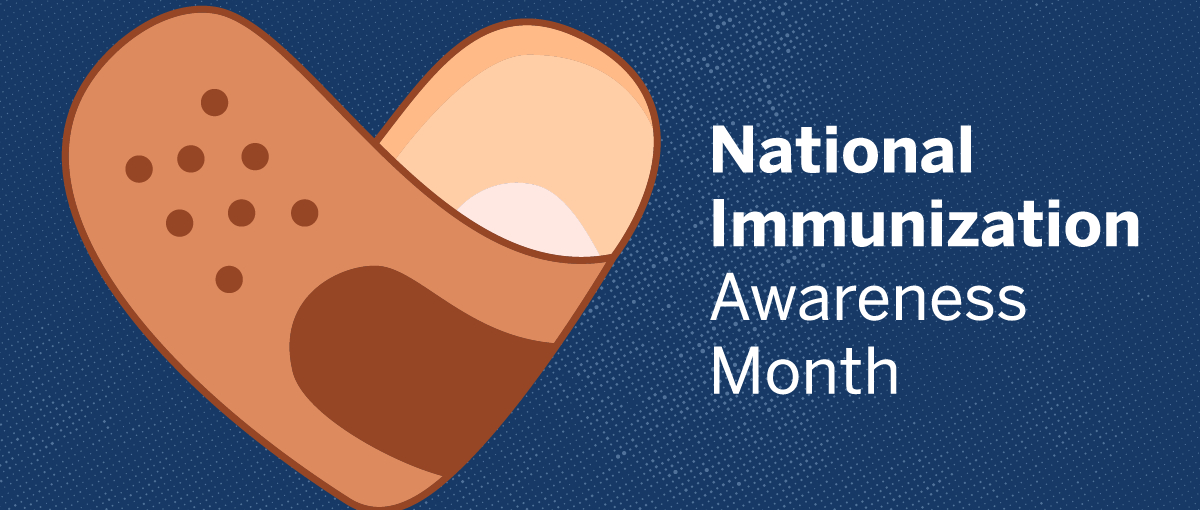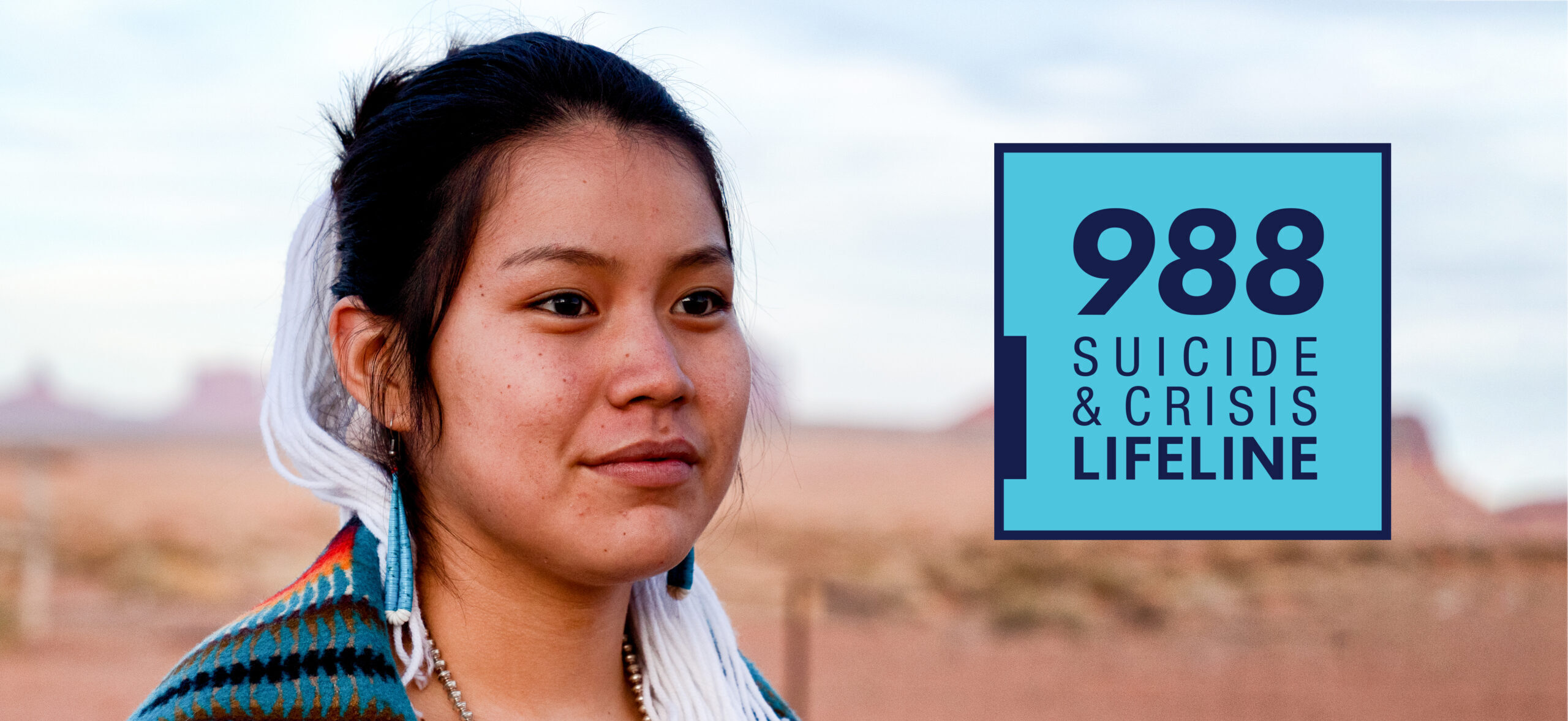November is Native American Heritage Month in recognition of the many contributions and accomplishments of American Indian and Alaska Native people. It is also a time to reflect on structural health challenges in Native communities—often linked to centuries of historical and current day trauma and discrimination—as well as the successful health initiatives driven by and in collaboration with Native communities. These programs deserve more attention and support. Furthermore, the special relationship and treaty responsibilities between the federal and tribal governments obligate support for the health and well-being of American Indian and Alaska Native people.
Population health outcomes are connected to underlying current and historic social, economic, and environmental conditions in all communities. Native communities have inherent strengths but must also cope with a legacy of historical trauma, including removal and resettlement from their original lands, forced assimilation, and a lack of infrastructure and investment by the federal government. Centuries of discrimination and intergenerational trauma play out today in a host of ways, including disproportionately high rates of poverty, food insecurity, and lack of health insurance coverage. These kinds of conditions contribute directly (e.g., access to healthy foods and healthcare) and indirectly (e.g., through stress and Adverse Childhood Experiences) to poor health outcomes.
As a result, Native communities have faced health challenges and disparities for generations. In 2021, the American Indian and Alaska Native population in the United States had a life expectancy of 65.2 years—more than 10 years lower than the overall U.S. population’s life expectancy (76.1 years) and the lowest of any racial/ethnic group that the Centers for Disease Control and Prevention (CDC) tracks. The differences in life expectancy has been further exacerbated recently due to very high mortality from COVID-19 for American Indian and Alaska Native people when compared to other racial and ethnic groups.
Some of TFAH’s priority issues—including prevention of obesity, diabetes, and other chronic diseases, and alcohol, drug, and suicide mortality—consistently show American Indian and Alaska Native people with among the worst health outcomes for any racial/ethnic population in the United States. For example, TFAH’s 2023 Pain in the Nation report found that, in 2021, American Indian and Alaska Native people had a mortality rate of 178.7 deaths per 100,000 from alcohol, drug, and suicide causes combined. This is more than twice the mortality rate of the white population (69.5 deaths per 100,000), which had the next-highest mortality rate of any other race/ethnicity measured. Other concerning health issues in Native communities include alarming maternal and infant health trends—with Native women dying from pregnancy-related causes at twice the rate of white women and Native infants dying in their first year of life at nearly twice the rate of white infants in the United States—and high rates of domestic violence.
There are many examples of valuable, community-led work focused on improving health and well-being and reducing disparities in Native populations. A few examples include:
- Good Health and Wellness in Indian Country is a CDC grant program that supports tribal organizations, including Urban Indian organizations, to reduce chronic disease and promote healthy living in American Indian and Alaska Native populations. The current 2019-2024 grant cycle provides $19.3 million per year of funding to 27 tribal organizations and consortiums which reach more than 130 tribes across the United States. With 574 federally-recognized tribes in the United States, there is need for this proven program to be scaled to reach more people.
- CDC’s Suicide Prevention Program includes a focus on Tribal suicide prevention. The Southern Plains Tribal Health Board and Wabanaki Health and Wellness organization are working to increase capacity to adapt and implement suicide prevention programs in tribal populations at increased risk for suicide.
- The Native and Strong Lifeline— a program within Washington State’s 988 lifeline dedicated to helping American Indian and Alaska Native people in crisis—launched in November of 2022 and handled 1,200 calls in its first eight months of operation. It is staffed by Native volunteers who have lived experience with mental health challenges, and share tribal and culturally-specific resources and community connections.
- The National Indian Health Board’s Climate Ready Tribes Initiative focuses on climate-related health threats. The Initiative works to raise awareness and share pertinent resources to tribal organizations broadly, as well as fund individual tribes to lead climate health and resiliency work in their community. Current awardees are Lummi Nation, the Pala Band of Mission Indians, and the Sitka Tribe of Alaska, whose work includes climate adaptation planning and identifying community health resources.
- In 2021, American Indian and Alaska Native people were the group to most quickly get the first doses and full vaccination series for Covid-19 across all race/ethnicities. Community leaders and researchers attribute this success to direct vaccine distribution to tribes and the Indian Health Service, and ensuring tribal organizations could adapt vaccine messaging—like focusing on being vaccinated to reduce community harm—and engage trusted messengers—like tribal elders—that resonate with community members. Despite this success, COVID-19 death rates before the vaccine was available were very high in Native communities and Native peoples continue to have high rates of serious illness and poor health outcomes from COVID-19 due to the prevalence of chronic disease within the community.
- The Substance Abuse and Mental Health Services Administration’s Tribal Opioid Response grant program supports tribal organization’s efforts to increase culturally appropriate and evidence-based prevention, treatment, and recovery support services in their communities. The FY 2022 grants included $55 million in funding. Examples of grantees include Cherokee Nation, which focused on expanding treatment recovery support and harm reduction services across more counties, and Wyandotte Nation, which focused on prevention, treatment, and training to support cultural and family connections.
- The Northwest Washington Indian Health Board, a consortium of six tribes, is currently participating in the Age-Friendly Public Health Systems movement, facilitated by TFAH and the Washington State Department of Health. The primary goal of the project is to enhance public health efforts to improve the health and well-being of older adults in tribal communities. This begins with collecting relevant and robust data on older adults to identify needs and community assets that will inform interventions, like caregiving needs and home repairs.
Importantly, these and other community-led programs emphasize the need for culturally-competent approaches that are tailored to and that respect culture, belief, practices, and linguistic needs of every tribe and community.
TFAH calls for increased federal investment in evidence-based initiatives that prioritize prevention in Native communities, as well as steps to ensure prevention funding reaches underserved American Indian and Alaska Native populations. All American Indian and Alaska Native people should have the opportunity to live their healthiest lives.








